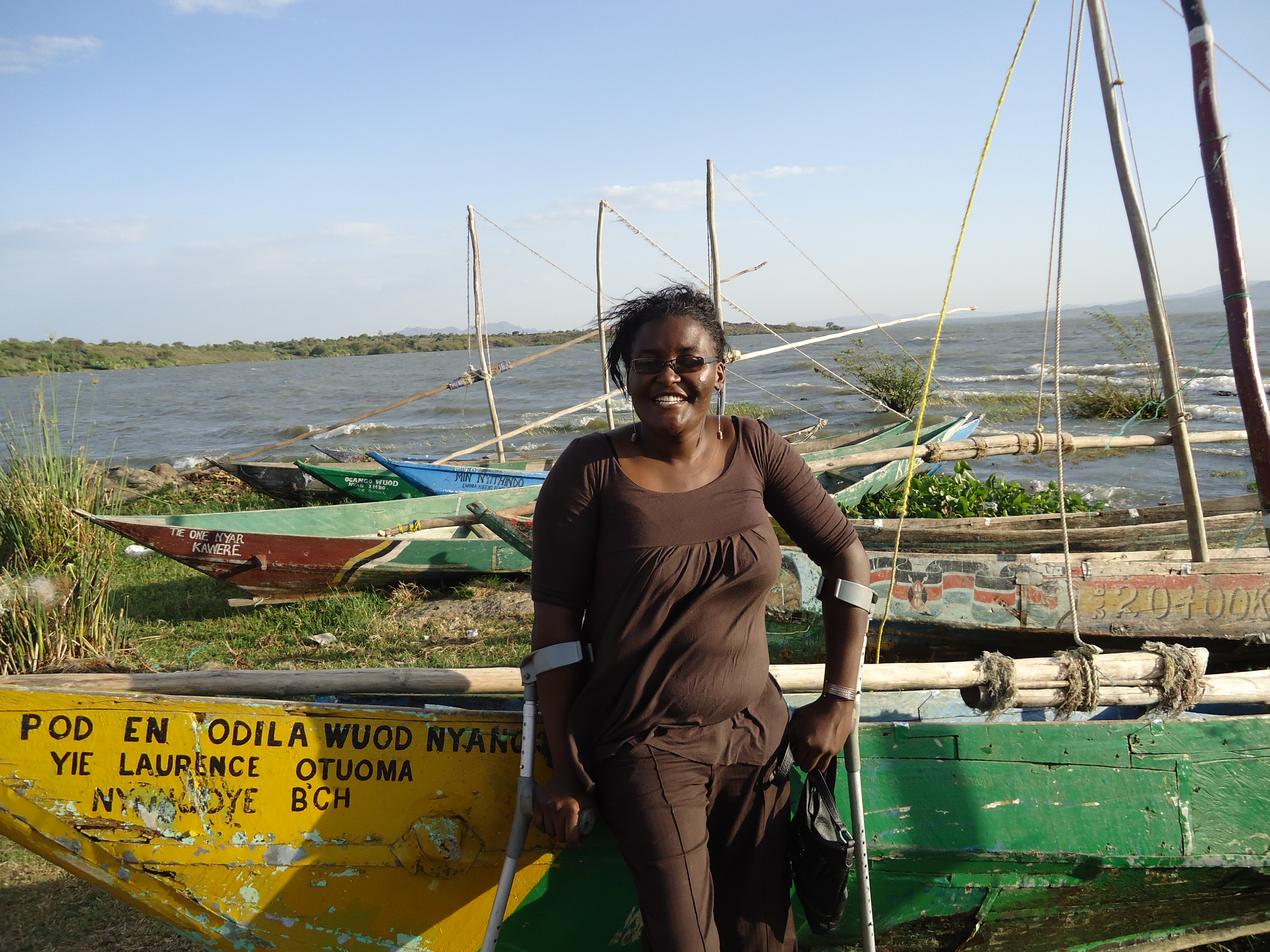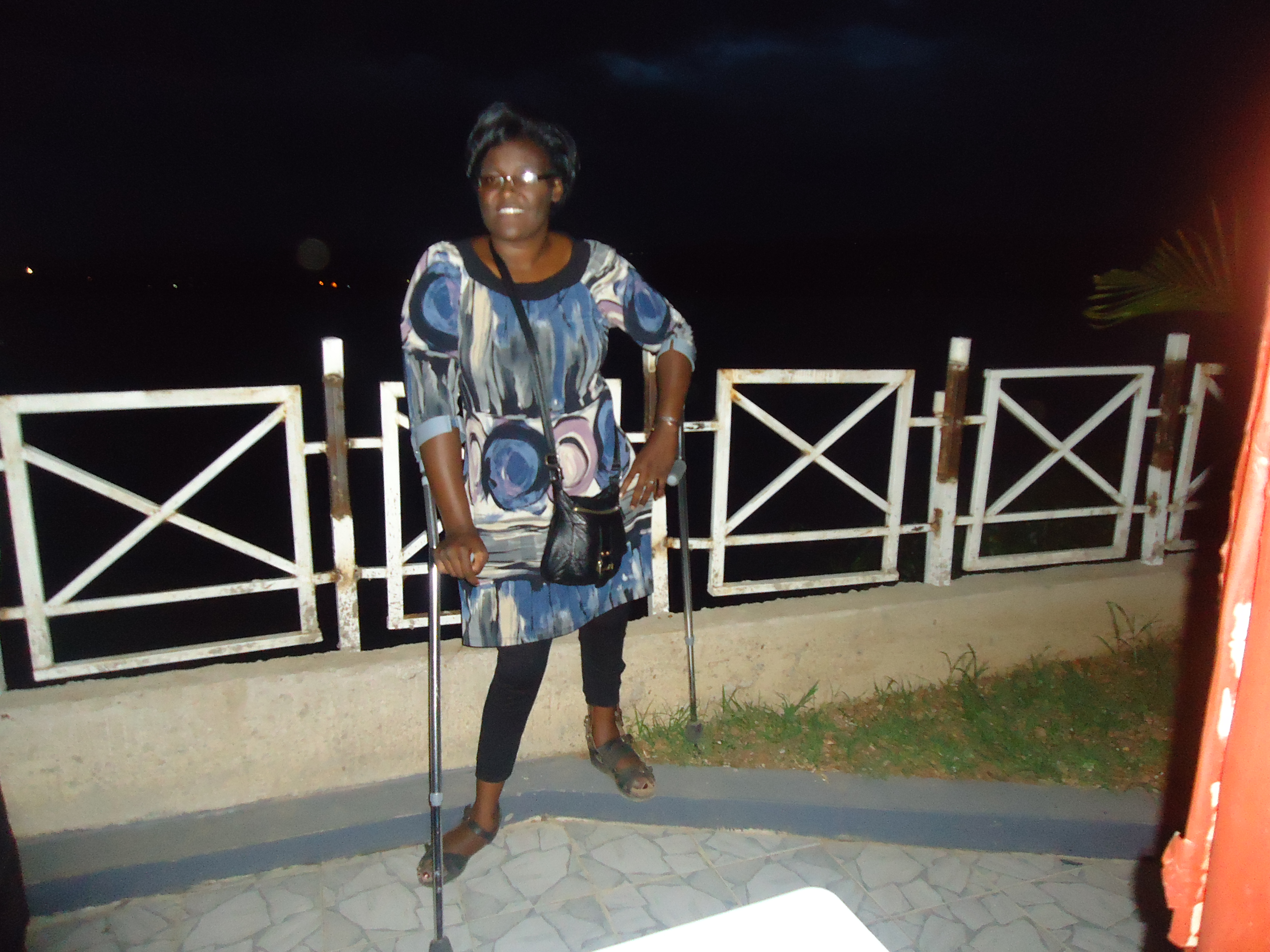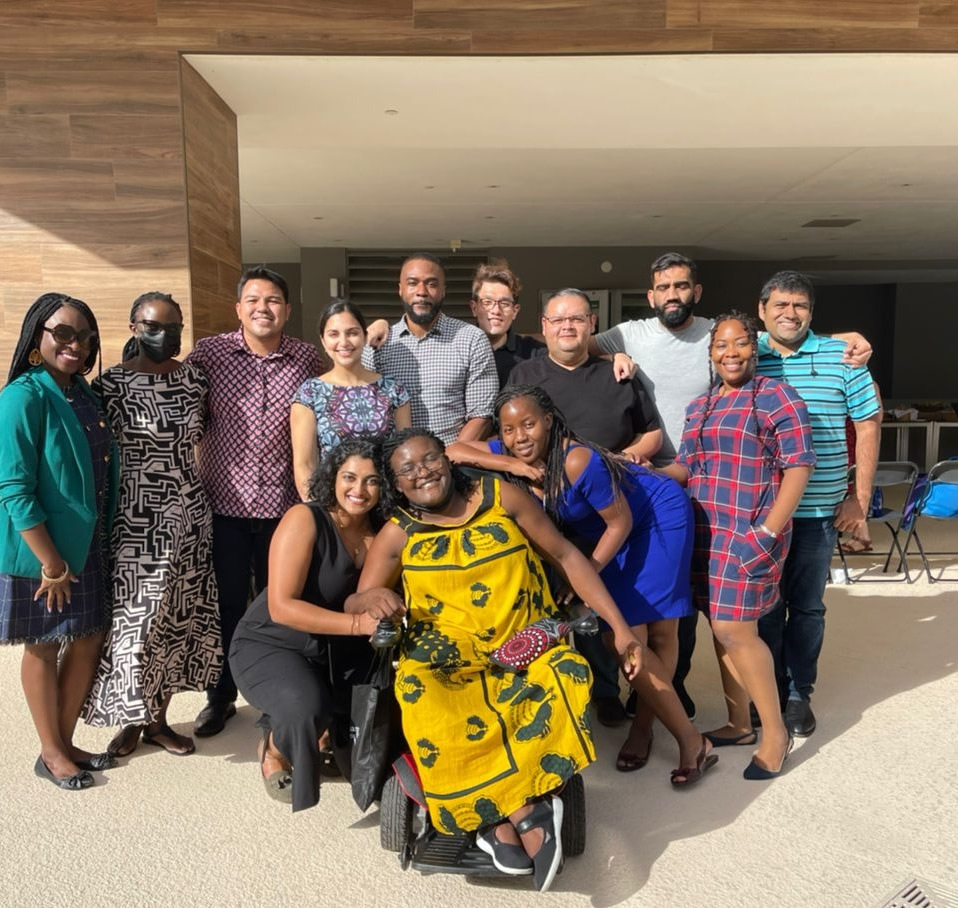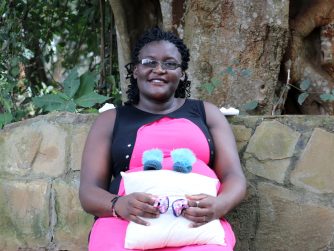Stereotypes and myths abound regarding women and girls with disabilities and their sexuality. They are often perceived to be weak, unwanted or asexual, making them more vulnerable to sexual violence. Some attackers consider it a favor to women and girls with disabilities, presuming that they could otherwise not have sex; worse, some attackers don’t even see them as human beings.
Women and girls with different disabilities face high risk of sexual violence, those with physical disabilities may find it more difficult to escape from violent situations due to limited mobility, those who are deaf or hard of hearing may not be able to call for help or easily communicate abuse, or may be more vulnerable to attacks simply due to the lack of ability to hear their surroundings, Women and girls with disabilities, particularly intellectual or psychosocial disabilities, may not know that nonconsensual sexual acts are a crime and should be reported because of the lack of accessible information.
A System that Silence Women with Disabilities who are Rape Victims in Kenya:
Majority of rape cases that involve women with disabilities go unreported, the few cases that found their way into public domain ended up without resolution in terms of access to justice. in some instances the family of the victim shy off from highlighting rape cases involving girls and women with disability due to stigma associated with disability whereas in some instances the victims are coerced to accept out of court settlement with the perpetrators, sadly enough local administrators who include chiefs and assistant chiefs are often involved in these settlements which often leave the victim with the pain of rape and any other dire consequences that are linked to the rape ordeal.
There has been several media reports on rape of women with disabilities with the latest report released by NTV on 22nd July 2018 of a woman who was gang raped and killed in Osaja Village,Teso North Constituency . A group of women with disabilities shared a press release condemning the heinous act and their sentiments were echoed by FIDA Kenya, however no tangible efforts leading to justice have been put in place to date. On 3rd September 2015, Standard Newspaper published a story of a twenty year old woman with disability who was raped by an administration police in Kericho County, just like the case in Busia County justice was not served to the woman in question. On 5th October, 2010 Citizen TV reported a case of a thirteen year old girl who was raped and impregnated in Migori County, the case attracted support for the girl and her new born baby however there was no effort to serve justice to the victim.
Kenya has legal and policy framework on sexual gender based violence. Among the legal and policy framework is the international framework which includes the signing and ratification of the Convention on Elimination of All Forms of Discrimination against Women (CEDAW).Locally the country has put in place sexual offences act, the penal code, children’s act and the constitution to address sexual and gender based violence. The policy framework on sexual and gender based violence include national guidelines on the management of sexual violence and the National Framework towards Response and Prevention of Gender Based Violence in Kenya. Despite the existence of the policy and legal framework there is little or no evidence of perpetrators of rape against women with disabilities who have been brought to book.
Barriers That Increase and Normalize Rape Against Women with Disabilities:

Stigma, coupled with physical and communication barriers, makes it more difficult for women and girls with disabilities to seek justice after these abuses. They often have little or no access to police, legal counsel, and courts for protection. As the Human Rights Watch research in northern Uganda found, community-based victims’ service agencies, including sexual abuse programs, shelters, other crisis programs, and police departments, often don’t have the capacity to adequately serve women with disabilities. The findings of this research are replicated in Kenya where women with disabilities are excluded from programs that seek to end rape among women and girls, this is largely due to attitudinal barriers which make the program designers to leave out women with disabilities with the assumption that they are “asexual” therefore no need to include them in such programs and lack of information in accessible formats for example information in braille and lack of sign language interpreters pose a communication barrier to girls and women with disabilities. Women and girls with disabilities who are victims of rape or sexual assault also often have less access to medical services, including psychological and social counseling and preventive care, than their non-disabled peers. Programs aimed at the prevention of violence against women and girls rarely explicitly include or reach out to women with disabilities, in particular those with mental or intellectual disabilities. Access to justice is particularly difficult for women and girls with disabilities largely due to the stigma associated with their sexuality and disability. As a result, they often do not get the support they need at every stage of the justice process: reporting the abuse to police, getting appropriate medical care, and navigating the court system.
What can we do to Curb Rape against Women with Disabilities?

Government of Kenya and service providers needs to target efforts to include women with disabilities in sexual and gender-based violence prevention and treatment programs. This might involve providing transportation for women with disabilities to clinics, making services accessible for women with various disabilities, providing ramps for those in wheel chairs. Easy-to-understand information, the training of health care workers and law enforcement officials, and developing programs to combat stigma, are improvements that would make a difference.
In conclusion attitudinal and cultural barriers that propel the society to view women with disabilities as asexual should be eliminated and completely discarded to facilitate inclusive discussions that support inclusion of women with disabilities in programs that address sexual and gender based violence in Kenya. Yes, it might take extra effort, but that doesn’t give government and community at large a pass to ignore this critical need.




